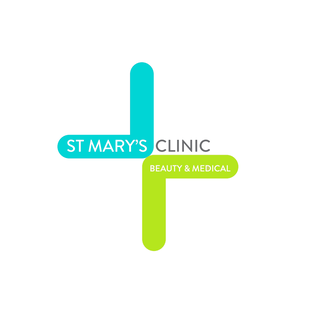Brachioplasty, also known as an arm lift, is a surgical procedure designed to reshape and improve the appearance of the upper arms. This service can be highly beneficial for individuals looking to address concerns related to sagging skin, excess fat, and overall contour of the arms, which may result from significant weight loss, aging, or genetic factors. The primary goal of brachioplasty is to create a more toned and aesthetically pleasing arm profile.
What is Brachioplasty?
Brachioplasty, or arm lift surgery, involves the removal of excess skin and fat from the upper arms. The procedure can dramatically improve the shape and smoothness of the arm, resulting in a more youthful and contoured appearance. It is particularly popular among those who have experienced significant weight loss and are left with excess, sagging skin that cannot be addressed through exercise alone.
How is Brachioplasty Performed?
The surgeon makes an incision along the inner arm, possibly extending from the underarm to just above the elbow, depending on the amount of excess skin to be removed. Excess skin and fat are then excised, and the remaining skin is tightened and sutured into place. In some cases, liposuction may also be employed to remove excess fat and improve the contour of the arm.
What Can Patients Expect During Recovery?
Recovery from brachioplasty can vary depending on the extent of the surgery and the individual's healing process. Initially, patients can expect some swelling, bruising, and discomfort, which can be managed with medication prescribed by the surgeon. Compression garments may also be recommended to support the healing tissues and minimize swelling. Most patients are able to return to light, daily activities within a week or two, but may need to avoid strenuous exercise or heavy lifting for several weeks.
Who is a Good Candidate for Brachioplasty?
Ideal candidates for brachioplasty are individuals who are in good general health, non-smokers, and have realistic expectations about the outcomes of the surgery. Candidates should have significant upper arm skin laxity that is not responsive to diet and exercise. It is also important for candidates to be at a stable weight, as significant weight fluctuations after the surgery can affect the results.
What Are the Risks Associated with Brachioplasty?
As with any surgical procedure, there are risks involved, including infection, bleeding, scarring, and reactions to anaesthesia. There may also be risks related to the contouring and symmetry of the arms. Choosing a qualified and experienced plastic surgeon can help minimize these risks and ensure a safe and successful outcome.
In conclusion, brachioplasty can be a transformative procedure for those looking to improve the appearance of their upper arms. It's important for potential clients to thoroughly discuss their goals, concerns, and questions with their surgeon to ensure they have a clear understanding of the procedure, recovery, and potential outcomes.
What is Brachioplasty?
Brachioplasty, or arm lift surgery, involves the removal of excess skin and fat from the upper arms. The procedure can dramatically improve the shape and smoothness of the arm, resulting in a more youthful and contoured appearance. It is particularly popular among those who have experienced significant weight loss and are left with excess, sagging skin that cannot be addressed through exercise alone.
How is Brachioplasty Performed?
The surgeon makes an incision along the inner arm, possibly extending from the underarm to just above the elbow, depending on the amount of excess skin to be removed. Excess skin and fat are then excised, and the remaining skin is tightened and sutured into place. In some cases, liposuction may also be employed to remove excess fat and improve the contour of the arm.
What Can Patients Expect During Recovery?
Recovery from brachioplasty can vary depending on the extent of the surgery and the individual's healing process. Initially, patients can expect some swelling, bruising, and discomfort, which can be managed with medication prescribed by the surgeon. Compression garments may also be recommended to support the healing tissues and minimize swelling. Most patients are able to return to light, daily activities within a week or two, but may need to avoid strenuous exercise or heavy lifting for several weeks.
Who is a Good Candidate for Brachioplasty?
Ideal candidates for brachioplasty are individuals who are in good general health, non-smokers, and have realistic expectations about the outcomes of the surgery. Candidates should have significant upper arm skin laxity that is not responsive to diet and exercise. It is also important for candidates to be at a stable weight, as significant weight fluctuations after the surgery can affect the results.
What Are the Risks Associated with Brachioplasty?
As with any surgical procedure, there are risks involved, including infection, bleeding, scarring, and reactions to anaesthesia. There may also be risks related to the contouring and symmetry of the arms. Choosing a qualified and experienced plastic surgeon can help minimize these risks and ensure a safe and successful outcome.
In conclusion, brachioplasty can be a transformative procedure for those looking to improve the appearance of their upper arms. It's important for potential clients to thoroughly discuss their goals, concerns, and questions with their surgeon to ensure they have a clear understanding of the procedure, recovery, and potential outcomes.
Contact Us
If you have any queries, leave us a message below to have one of our trained operators advise you
Location
|
Email
|
stmarysclinicenquiries@gmail.com
|
Phone
|
79 422 888
21 422 888 27 422 888 |
Address
|
9/11
Quarry Street Mosta Malta |

